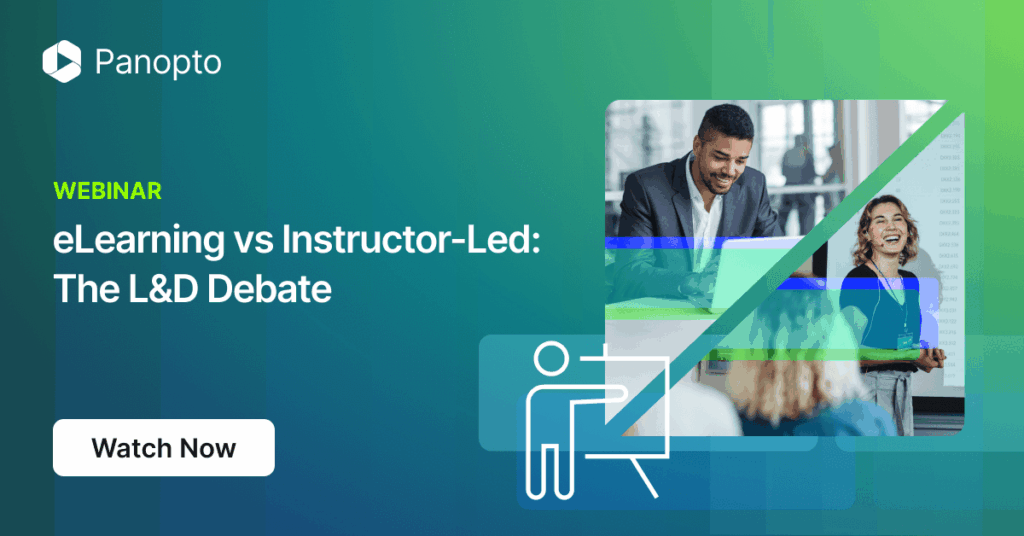This article was originally written and published by Panopto in partnership with Elai.
On 27 August, Panopto hosted a debate with a twist: instead of searching for a winner between eLearning and Instructor-Led Training (ILT), five learning leaders gathered to challenge assumptions and share stories that reveal something deeper.
The result? Less a battle and more a journey where each panelist reminded us that the future of learning isn’t about choosing sides, but weaving together the strengths of both human and digital experiences.
Giuseppe Perrone – Learning Through Human Connection
Instructional Designer | Works with UN agencies, humanitarian organizations, and businesses
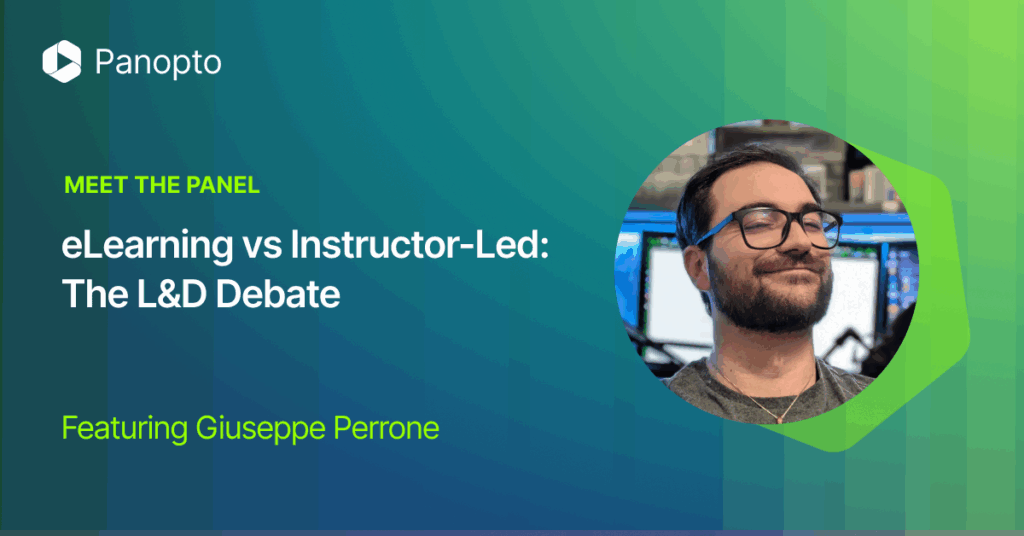
Giuseppe began with a simple truth: sometimes, learning is about being in the room with someone who’s lived it. He recalled how crisis management or leadership development is best taught by someone who’s “been there,” showing learners what decades of experience feel like in action.
His stories weren’t about rejecting digital but about celebrating those irreplaceable human moments. For Giuseppe, learning sticks when we connect emotionally, not just cognitively.
“It’s not what you’re told that you remember, but how it made you feel.”
Saad Qureshi – The Power of Reflection and Belonging
Founder of Vybecoaching | Leadership and communication coach for executives and technical leaders
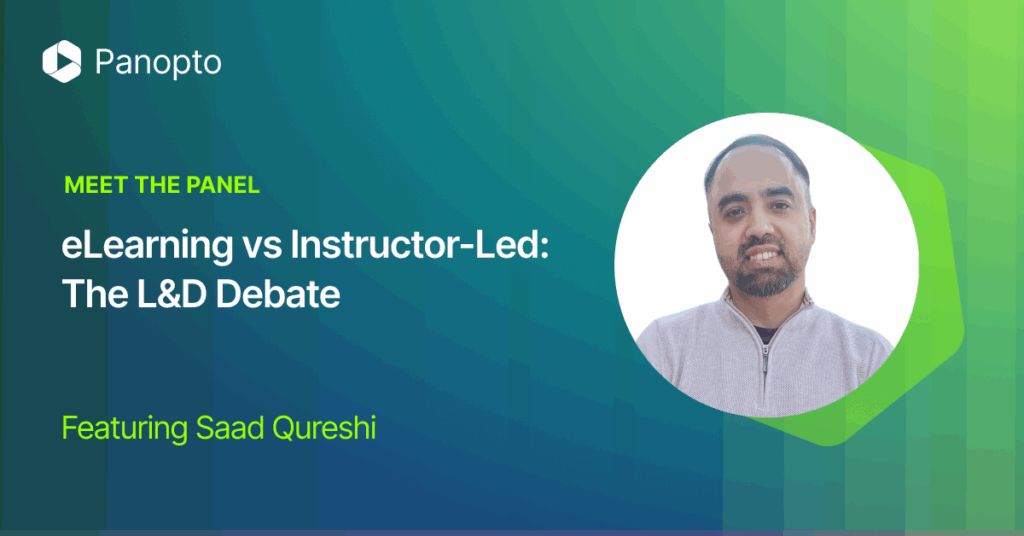
Saad spoke of his sister, who struggled with online learning until she found success through the support of an instructor. For him, this wasn’t a theoretical point. It was a reminder that learning is also about being seen.
He reframed “convenience,” suggesting that sometimes, being asked to show up live, in person, is the very thing that makes learning meaningful. In that shared space, confidence grows, and people move from isolation to belonging.
“Convenience isn’t always an advantage. Sometimes the structure of turning up live is what makes learning possible.”
Kim Ellis – Pushing Past Walls and Limits
Founder of L&D Free Spirits | Blended learning specialist across industries from healthcare to higher education
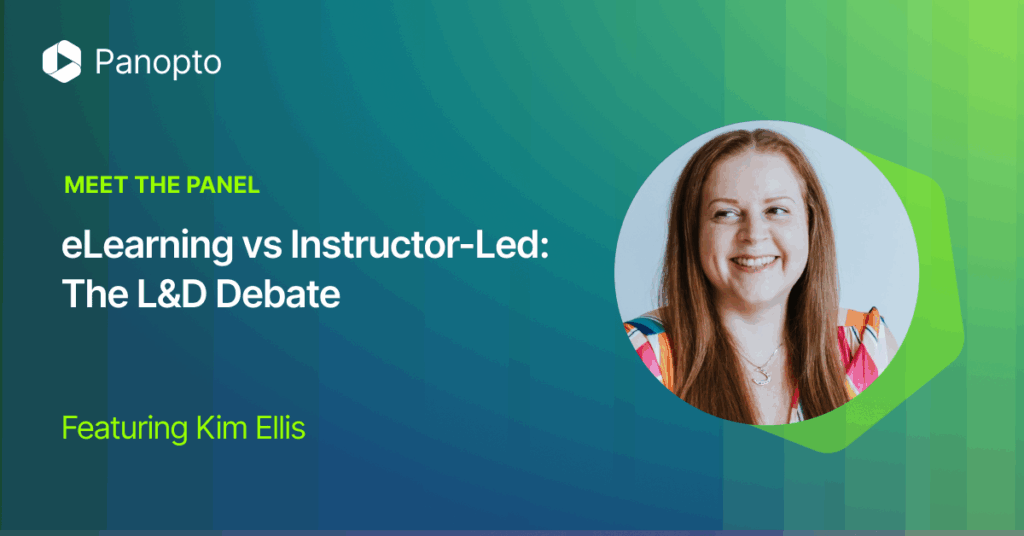
Kim set the room buzzing when she declared: “Anything you can do in a classroom, you can do in eLearning.” But her story soon reminded us of balance: she once inherited a two-week induction course delivered entirely via digital modules. It looked efficient on paper, but in practice, it lacked humanity. She stayed late creating activities and conversations that would bring it to life.
Her lesson: yes, eLearning can do almost anything, but it shouldn’t replace what learners need most: connection, interactivity, and purpose.
“Just because you can put it online, doesn’t mean you should. Learners come first.”
Jeff Batt – Scaling Learning, Without Losing Relevance
Founder of Learning Dojo | Expert in digital media, interactivity, and xAPI
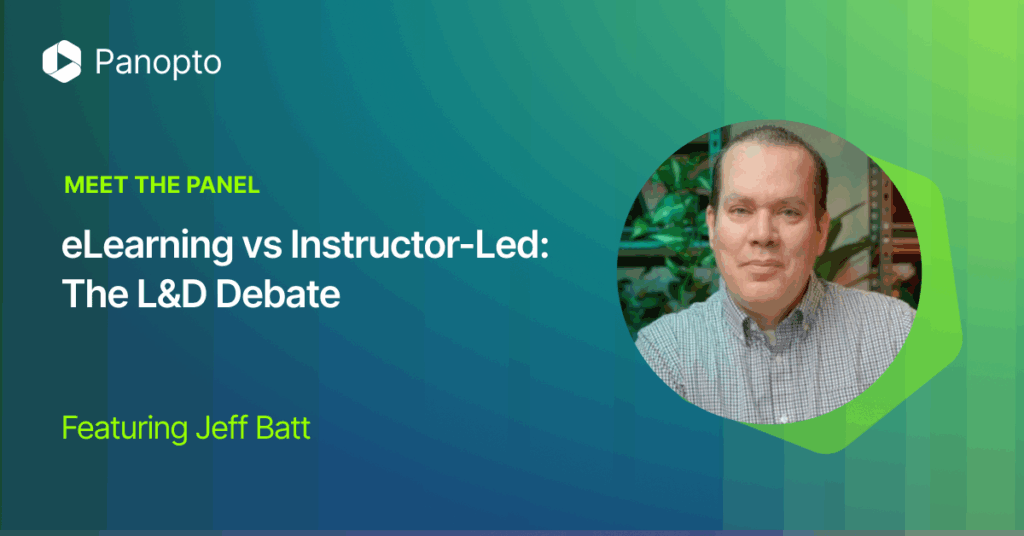
Jeff’s reflections took us behind the curtain of scale. He talked about the hidden costs of flying people around for training, the inefficiencies of one-size-fits-all classrooms, and the distractions that affect every format. For him, eLearning shines not just in cost savings, but in the ability to personalize, and let learners repeat, revisit, and adapt to their own pace.
Yet, he didn’t dismiss the human side. His vision included mentors, communities, and dialogue alongside digital modules, ensuring that scale never came at the cost of connection.
“The data tells us where learners struggle. but it’s the human touch that helps them through.”
Tom McDowall – Where Research Meets Reality
Founder of Evolve L&D | Consultant and speaker dedicated to raising the standard of workplace learning
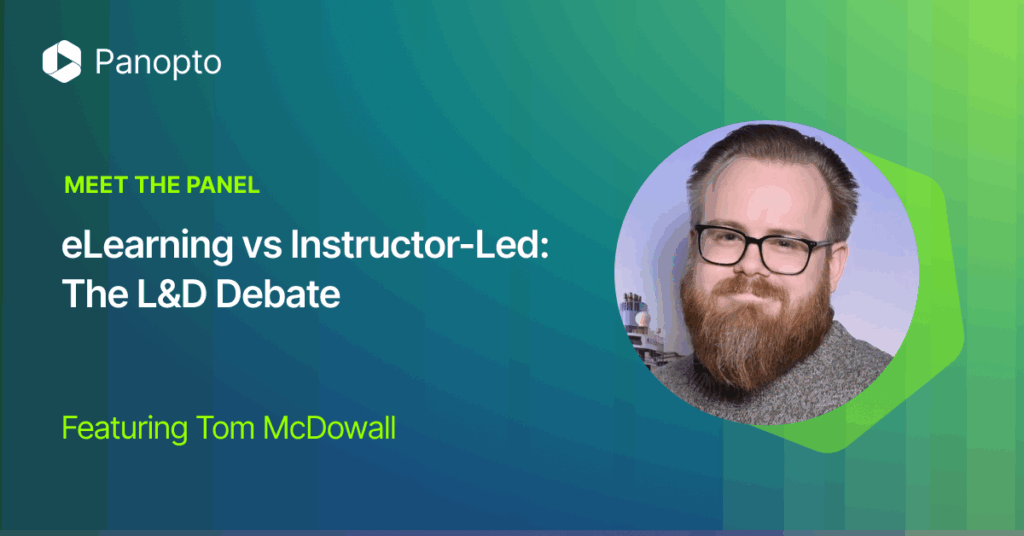
Tom arrived armed with research. Studies show that blended and digital-first approaches often outperform traditional-only formats. Spaced repetition, retrieval practice, and AI-driven interactivity can supercharge retention.
But he also shared a frustration: when organizations try to teach culture or inclusion through static modules, the result almost always fails. Those conversations require messy, human dialogue. Tom’s perspective grounded the debate in a simple truth: technology can accelerate learning, but people give it meaning.
“Blended has always been the answer because real learning lives at the intersection of people and technology.”
How Elai and Panopto Bridge ILT and eLearning
The debate reminded us that the future of learning isn’t about choosing sides. It’s about finding the right balance between live, human-led training and scalable digital learning. That’s exactly where Elai and Panopto come together.
With Elai, you can create entire eLearning courses in just a few clicks. Choose from ready-made video templates or let the AI-driven storyboard craft a full course from a simple text prompt. You can even convert existing learning materials (docs, URLs, PowerPoint decks, or PDFs) directly into professional-looking videos featuring multilingual AI avatars, voice cloning, and interactive elements like quizzes or branching scenarios.
Panopto complements this by powering the ILT side: its lecture capture makes instructor-led sessions easy to record and replay, while built-in analytics, AI-generated chapters, and intelligent search ensure learners don’t just attend but engage, revisit, and retain.
Together, Elai and Panopto make it seamless to:
- Support ILT with live lecture capture, playback, and analytics to track impact.
- Scale eLearning with instantly generated video courses, interactive storytelling, and multi-format content conversion.
- Give learners the best of both worlds: structured human connection and flexible digital access.
This integration puts the blended learning approach championed in the debate into action: enabling organizations to scale content creation while preserving the richness of instructor-led experiences.
The Story That Emerged
By the end, something remarkable happened: each panelist, asked to argue for the “other side,” found themselves agreeing.
They told stories of why ILT matters and why eLearning matters not as competitors, but as collaborators. The lesson wasn’t to crown a winner, but to see that the strongest learning journeys blend the scalability of digital with the empathy of human-led experiences.
And as the debate closed, one truth lingered in the air:
“It’s not either-or. It’s both worlds — together — that shape the future of learning.”
